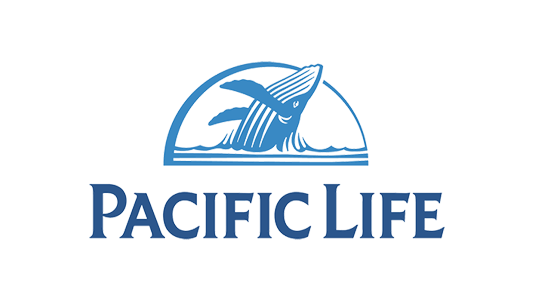Life insurance premiums are the periodic payments made by policyholders to maintain coverage. The amount of premium you pay is determined by various factors that assess your risk level as an insured individual.
Understanding these factors can help you anticipate and manage your life insurance costs effectively. In this guide, we’ll delve into the key factors that influence life insurance premiums.
Age and Health
Age and health are significant determinants of life insurance premiums. Generally, younger and healthier individuals are considered lower risk and typically qualify for lower premiums.
Insurers assess health through medical exams, including factors such as BMI, blood pressure, cholesterol levels, and medical history. Pre-existing conditions or lifestyle habits such as smoking can also impact premiums, with higher rates for individuals with health issues or risky behaviors.
Gender
Historically, women have been charged lower life insurance premiums than men due to their longer life expectancy.
However, this gap has narrowed in recent years as insurers have adjusted pricing to reflect updated mortality tables and gender-neutral pricing regulations in some jurisdictions.
Occupation and Hobbies
Your occupation and hobbies can affect life insurance premiums, as they influence your risk of injury or death.
Occupations with higher physical risks or exposure to hazardous conditions may result in higher premiums. Similarly, engaging in risky hobbies such as skydiving, scuba diving, or racing can lead to increased premiums due to the elevated likelihood of accidents.
Coverage Amount and Term Length
The amount of coverage you purchase and the term length of the policy also impact premiums. Higher coverage amounts and longer terms generally result in higher premiums.
Term life insurance policies typically have lower premiums compared to permanent policies like whole life or universal life, as they provide coverage for a specified period without a cash value component.
Lifestyle and Habits
Your lifestyle choices and habits play a significant role in determining life insurance premiums. Factors such as smoking, excessive alcohol consumption, or participation in high-risk activities can increase premiums due to the associated health risks.
Conversely, adopting healthy habits such as regular exercise, maintaining a balanced diet, and avoiding substance abuse can help lower premiums.
Family Medical History
Family medical history, particularly regarding hereditary diseases or conditions, can impact life insurance premiums. Insurers may consider your genetic predisposition to certain illnesses when assessing risk.
A family history of conditions such as cancer, heart disease, or diabetes could result in higher premiums, even if you are currently in good health.
Driving Record
Your driving record, including any history of traffic violations or accidents, can influence life insurance premiums. Individuals with a clean driving record typically qualify for lower rates, as they are perceived as lower risk.
On the other hand, a history of DUIs or multiple traffic violations may lead to higher premiums due to the increased likelihood of premature death or disability.
Conclusion: Life insurance premiums are influenced by a variety of factors that assess your risk as an insured individual. Understanding these factors and how they impact your premiums can help you make informed decisions when purchasing life insurance.
By maintaining a healthy lifestyle, minimizing risky behaviors, and comparing quotes from multiple insurers, you can potentially lower your premiums and secure affordable coverage that meets your needs.
Consulting with a licensed insurance agent or financial advisor can also provide valuable guidance in navigating the complexities of life insurance pricing.















